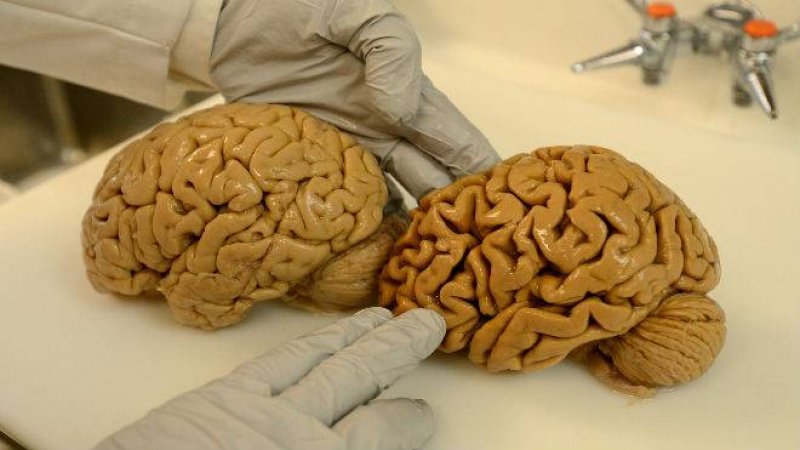The research into the underlying causes and treatment [of Alzheimer’s] have been intensifying but have been a bit undisciplined; it is hard to study a disease when it is characterized by a cluster of symptoms, defined medically as a syndrome, rather than a diagnosis.
…
[R]esearchers have created a framework to describe Alzheimer’s diagnostically and to begin to recognize its trajectory, what we used to call its natural history.…
Rather than relying on the patient’s symptoms of memory loss, difficulty finding words or confusion the framework identifies objective findings, one based on images of the brain and the other on chemicals in the blood, biomarkers. Because they can be both readily measured and standardized we can now separate the phenotype – what a person seems like, from their biological markers. Three markers are utilized.
A is for amyloid-proteins that are sticky causing them to clump together in clusters perhaps blocking cell signaling or activating the immune system to destroy the affected cells.
…
T is for tau-proteins that are involved with the roadways (microtubules) for the transit of metabolic products and other essential components within cells.
…
N is for neuronal injury – in Alzheimer’s Disease (and in other degenerative diseases) specific areas of the brain get smaller.
…
This simple classification system allows the previous efforts at Alzheimer’s research, a Tower of Babel diagnostically, to speak with one voice.
Read full, original post: Alzheimer’s Disease Research Comes Of Age































